
The Importance of Setting Long-Term Goals as a Leader
Setting long-term goals as a leader is crucial for personal and professional growth. These goals provide a clear direction and purpose, helping you stay focused on what you want to achieve in the future. Long-term goals can align your actions and decisions with your aspirations, making you more effective as a leader.
When setting long-term goals, it is essential to consider both your personal and professional aspirations. Personal aspirations may include values, beliefs, and the type of impact you want to make on others. Professional aspirations may involve career progression, acquiring new skills, or leading large-scale projects.
Identifying Your Personal Aspirations as a Leader
To identify your personal aspirations as a leader, please take time to reflect on yourself. Ask yourself, "What values do I want to embody as a leader?" or "What type of impact do I want to have on my team and organization?" Understanding your personal aspirations will help you shape your leadership style and guide your decision-making.
Your personal aspirations may include being a compassionate and supportive leader, fostering a positive work environment, or championing diversity and inclusion. By aligning your personal values with your leadership role, you can lead with authenticity and inspire others to do the same.
Creating a Vision for Your Leadership Journey
Once you have identified your personal aspirations, it's time to create a vision for your leadership journey. A vision is a clear and compelling picture of your long-term goals. It acts as a guiding light, inspiring and motivating you to take action toward your goals. Without a well-defined vision, teams may struggle to understand their purpose and goals described by (Cornelius 2023) in Create A Visioning Journey Map To Help Your Organization Thrive. This can result in confusion, misalignment and inefficiency.
To create a vision, imagine yourself in the future as the leader you aspire to be. What does your leadership journey look like? What impact have you made on your team, organization, or community? Please write down your vision in detail, using vivid language to make it come alive.
Developing a Strategic Plan to Achieve Your Long-Term Goals
With your vision in place, it's time to develop a strategic plan to achieve your long-term goals. A strategic plan outlines the steps and actions you need to take to turn your vision into reality. It helps you stay organized, focused, and accountable for your progress.
Start by breaking down your long-term goals into smaller, actionable steps. Assign deadlines and milestones to each step to track your progress effectively. Prioritize your actions based on their importance and impact. Consider any resources or support you may need, such as additional training or mentorship.
Tactics of long-term goal planning involve specific actions and strategies that help individuals or organizations achieve their long-term goals. Some tactics include:
1. Breaking down goals: Breaking long-term goals into smaller, manageable tasks or milestones helps track progress and stay motivated
2. Prioritizing tasks: Identifying high-priority tasks and focusing on them first ensures that the most critical actions are taken toward achieving the long-term goals
3. Time management: Effectively managing time by setting deadlines, creating schedules, and allocating time for specific tasks helps you stay organized and progress toward long-term goals.
4. Seeking support: Collaborating with others, seeking guidance from mentors, or joining support groups can provide valuable insights, motivation, and accountability during the journey toward long-term goals
5. Continuous learning: Engaging in professional development activities, staying updated with industry trends, and acquiring new skills and knowledge are essential for long-term goal planning
6. Adaptability: Flexibility and adaptability to adjusting strategies and tactics based on changing circumstances or new information is crucial for long-term goal planning
Building the Necessary Skills and Knowledge to Become an Effective Leader
To become an effective leader, continuously building your skills and knowledge is essential. This includes technical skills related to your field and soft skills contributing to effective leadership. Use professional development opportunities like workshops, courses, or conferences to enhance your skills.
Additionally, seek out opportunities to practice and apply what you learn. Take on new projects or challenges that push you outside your comfort zone. Embrace feedback and use it as a tool for growth. You will become a more confident and capable leader by continuously improving your skills and knowledge.
Seeking Mentorship and Guidance from Experienced Leaders
No leader succeeds alone. Seeking mentorship and guidance from experienced leaders is invaluable in your leadership journey. Mentors can provide valuable insights, advice, and support based on their experiences. They can help you navigate challenges, overcome obstacles, and grow your leadership.
Look for mentors who align with your values and aspirations. Establish regular communication and schedule mentorship sessions to discuss your goals, challenges, and progress. Be open to feedback and seek guidance on areas you want to improve. Remember, mentorship is a two-way street, so be willing to offer your support and learn from your mentor's experiences.
Taking on Leadership Roles and Responsibilities to Gain Practical Experience
Practical experience is essential for leadership development. Take on leadership roles and responsibilities within your organization or community to gain hands-on experience. This could involve leading a team, managing a project, or spearheading an initiative.
By taking on these leadership opportunities, you will learn valuable lessons about decision-making, problem-solving, and team dynamics. You will also be able to demonstrate your leadership abilities and showcase your potential to others. Embrace these challenges as opportunities for growth and development.
Balancing Short-Term Goals with Long-Term Aspirations
While setting long-term goals is important, balancing them with short-term goals is equally essential. Short-term goals provide milestones and checkpoints along your leadership journey, keeping you motivated and focused on your progress.
Set specific, measurable, achievable, relevant, and time-bound (SMART) short-term goals that align with your long-term aspirations. Break down your long-term goals into smaller, manageable steps, and assign deadlines to each one. This will help you stay on track and ensure that you are making consistent progress toward your long-term vision.
Overcoming Obstacles and Setbacks on Your Leadership Journey
Obstacles and setbacks are inevitable on any leadership journey. The key is to approach them with resilience and a growth mindset. Instead of viewing obstacles as roadblocks, see them as opportunities for learning and growth.
When faced with a challenge, take a step back and assess the situation objectively. Identify the root cause of the problem and brainstorm potential solutions. Seek advice from mentors or colleagues who may have faced similar challenges. Remember, setbacks are temporary, and you become a stronger and more resilient leader with each obstacle you overcome.
Continuously Evaluating and Adjusting Your Goals and Strategies
Evaluating and adjusting your goals and strategies is essential as you progress on your leadership journey. This involves regularly reflecting on your progress, assessing the effectiveness of your actions, and making necessary adjustments to stay on track.
Ask yourself questions like, "Am I still aligned with my long-term vision?" or "Are there any changes in my circumstances or priorities that require me to adjust my goals?" Be open to adapting your plans based on new information or changing circumstances. Flexibility and adaptability are critical qualities of effective leaders.
Some tips for evaluating your progress and monitoring your goals:
1. Regular progress tracking: Consistently monitor your progress toward your goals. Keep track of key metrics and milestones to assess if you are on track or need adjustments.
2. Review and reflection: Take time to review and reflect on your goals periodically. Analyze what is working well and what needs improvement. Identify any barriers or challenges that may be hindering your progress.
3. Flexibility and adaptability: Be open to adapting your goals as circumstances change. Recognize that unforeseen obstacles and opportunities may arise, requiring adjustments to your original plan.
4. Seek feedback: Gather feedback from trusted individuals, mentors, or stakeholders who can provide valuable insights and perspectives. Their input can help you identify blind spots and areas for improvement.
5. Learn from failures: Embrace failures as learning opportunities. Analyze what went wrong, identify lessons learned, and apply those insights to refine your goals and strategies.
6. Continuous learning: Stay updated on industry trends, best practices, and new technologies. Continuously enhance your skills and knowledge to stay ahead and adjust your goals accordingly.
Celebrating Milestones and Achievements Along the Way
While staying focused on your long-term goals is essential, it's equally important to celebrate milestones and achievements along the way. Recognize and acknowledge your progress, no matter how small. This will boost your motivation, build confidence, and reinforce your commitment to long-term aspirations.
Celebrate milestones by rewarding yourself or your team for a job well done. Take time to reflect on what you have accomplished and the lessons you have learned. Share your achievements with others to inspire and motivate them on their leadership journeys. Remember, celebrating milestones is not just about the destination but also the journey itself.
Some celebrations recommendations are as follows:
1. Public Recognition: Acknowledge the achievement in team meetings or company-wide gatherings to give credit where it's due
2. Personalized Messages: Send personalized notes or emails to individuals or teams involved, expressing appreciation for their efforts and highlighting the milestone's significance. I like short and meaningful messages
3. Awards or Certificates: Consider presenting awards or certificates to recognize outstanding performance and commemorate the milestone. Right now, many companies have started creating badges for their employees. Check out more information on LinkedIn badges here.
4. Team-building Activities: Plan team lunches, outings, or special events to celebrate as a group and foster camaraderie among team members
5. Company-wide Announcements: Share the accomplishment with the organization through internal newsletters, intranet portals, or social media platforms to create a sense of pride and unity
6. Celebrate the Right Events: Identify and celebrate significant company milestones, such as business anniversaries, breaking sales records, or reaching important goals.
Committing to Your Long-Term Goals as a Leader
Setting long-term goals as a leader is essential for personal and professional growth. You can work towards achieving your long-term goals by identifying your aspirations, creating a vision, and developing a strategic plan. Building skills, seeking mentorship, and gaining practical experience are crucial for leadership development.
While focusing on long-term goals, balancing them with short-term goals and being adaptable to overcome obstacles is essential. Continuously evaluating and adjusting your goals and strategies will keep you on the right track. Celebrate milestones and achievements along the way to stay motivated and committed to your long-term aspirations.
Remember, leadership is a journey; committing to your long-term goals will help you navigate that journey with purpose and passion. With the right mindset and dedication, you can become the leader you aspire to be.
Nimir Raval, a Licensed Social Worker and Certified Coach can support and coach you in balancing the pressure and demands of leadership. For personalized guidance and assistance, please get in touch with Nimir Raval at nimir.raval@eigrowth.org
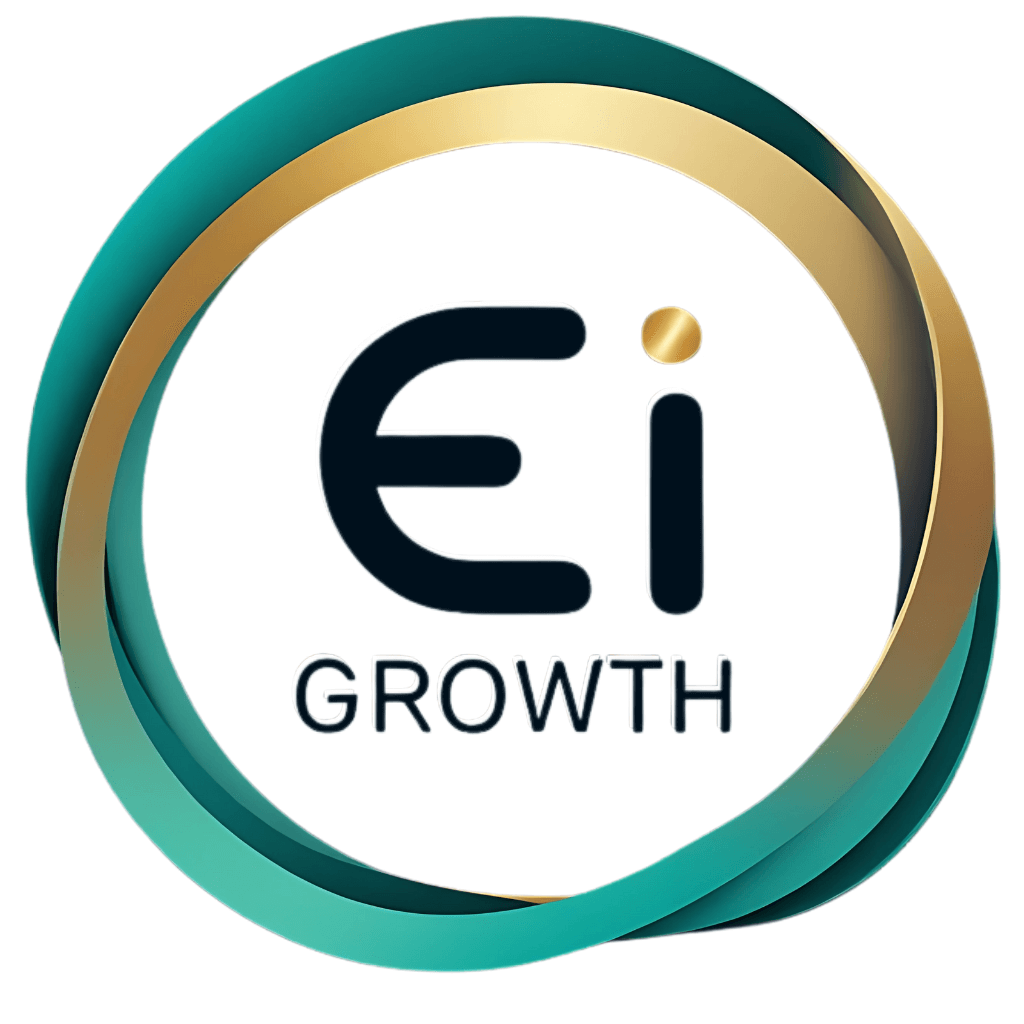












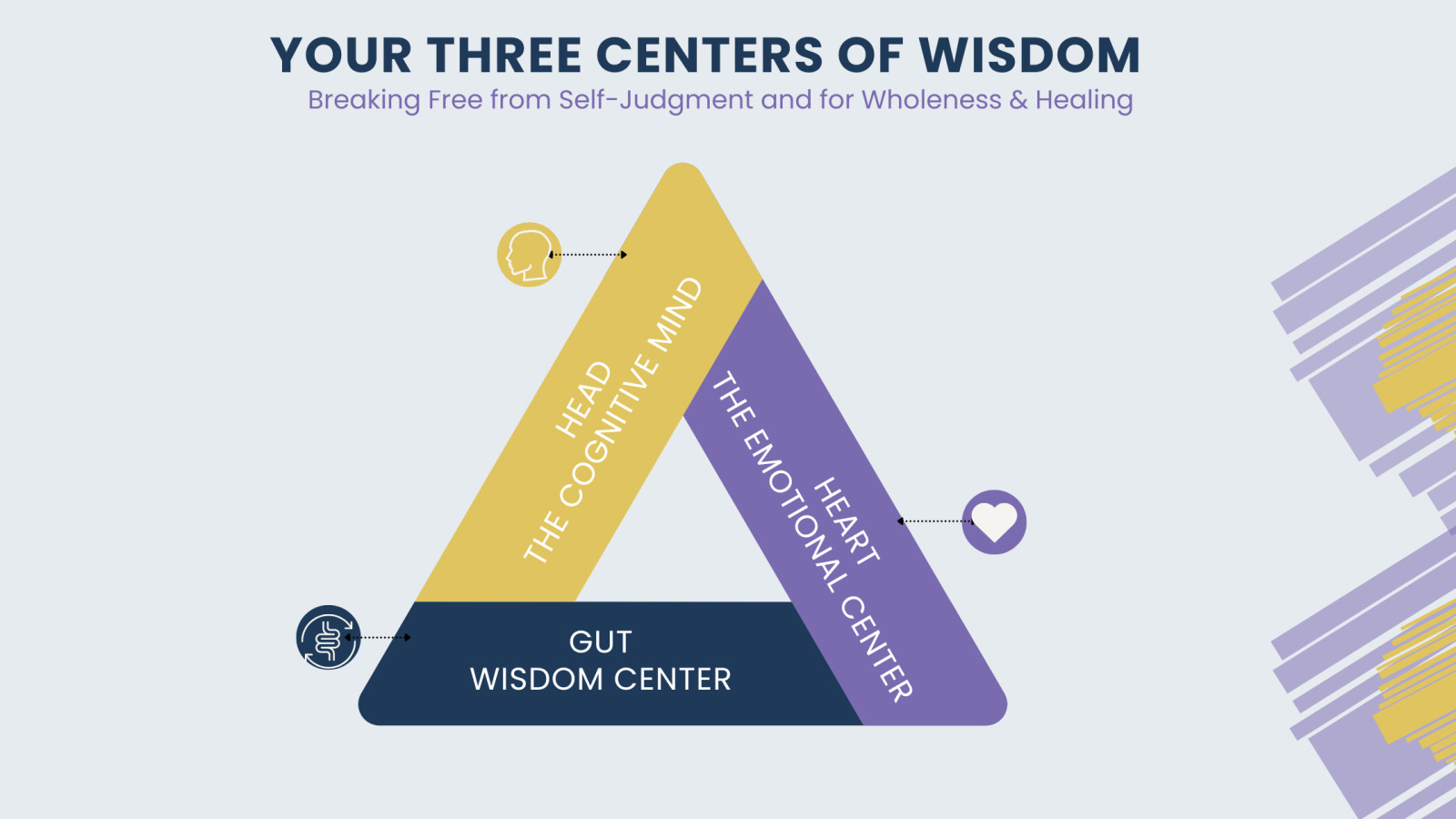


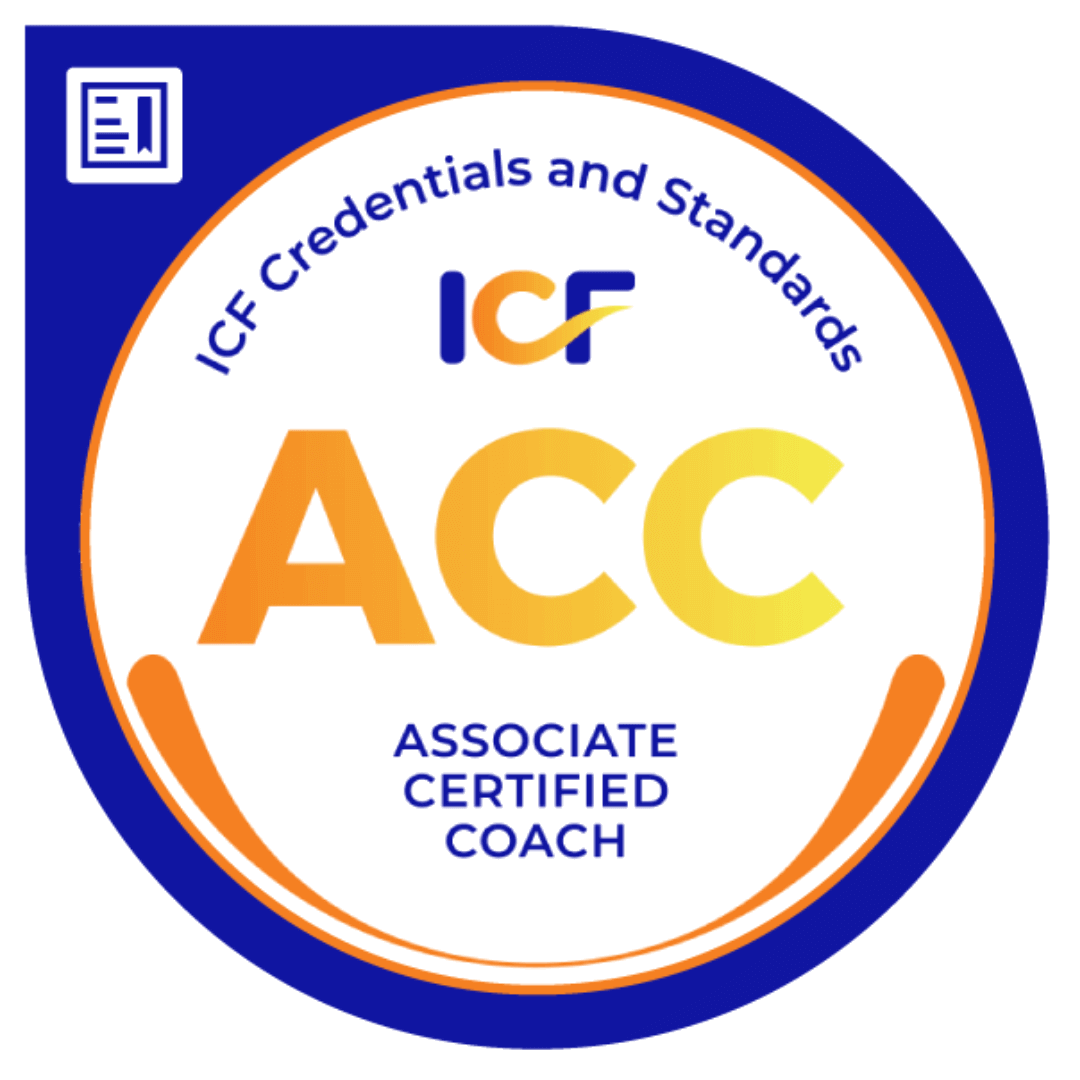
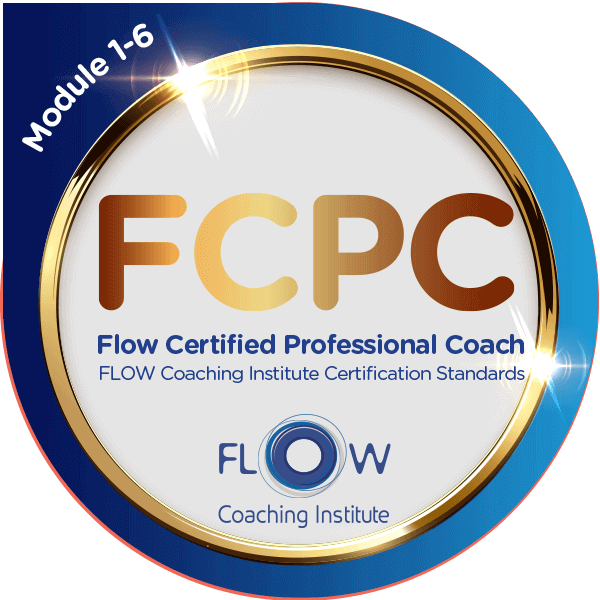
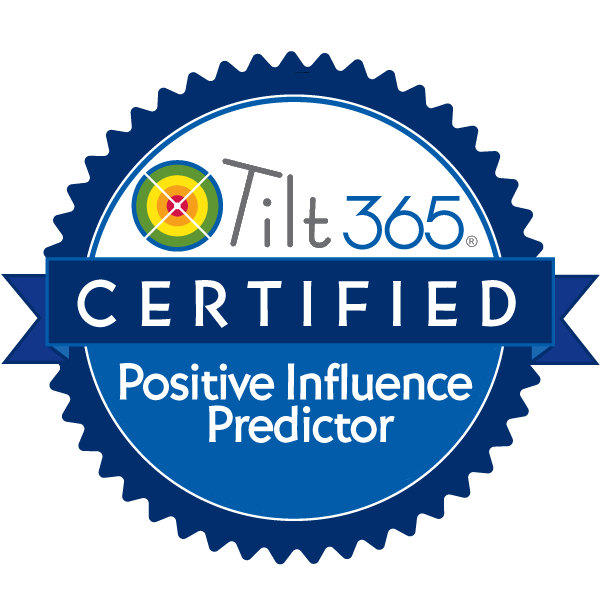
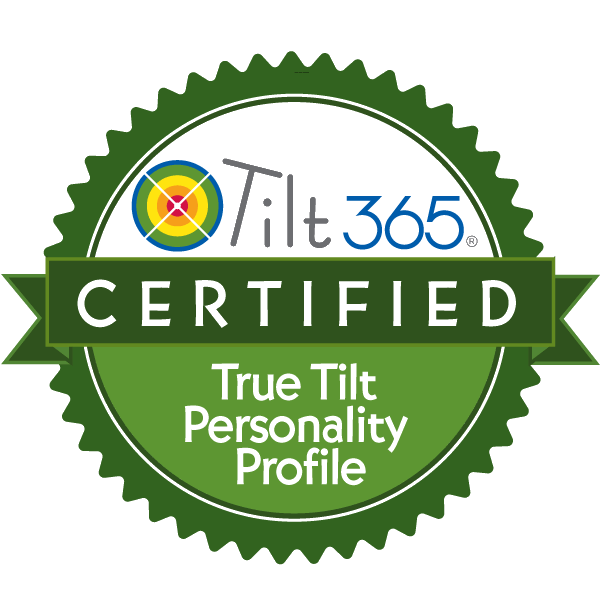

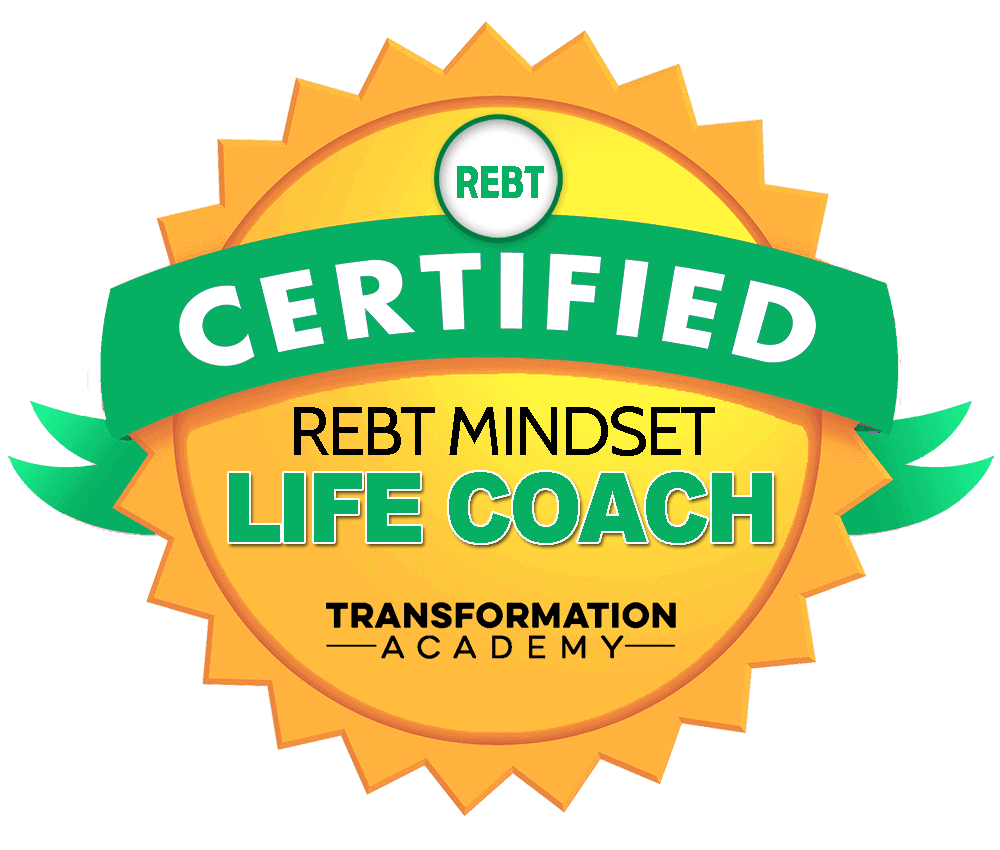

0 Comments